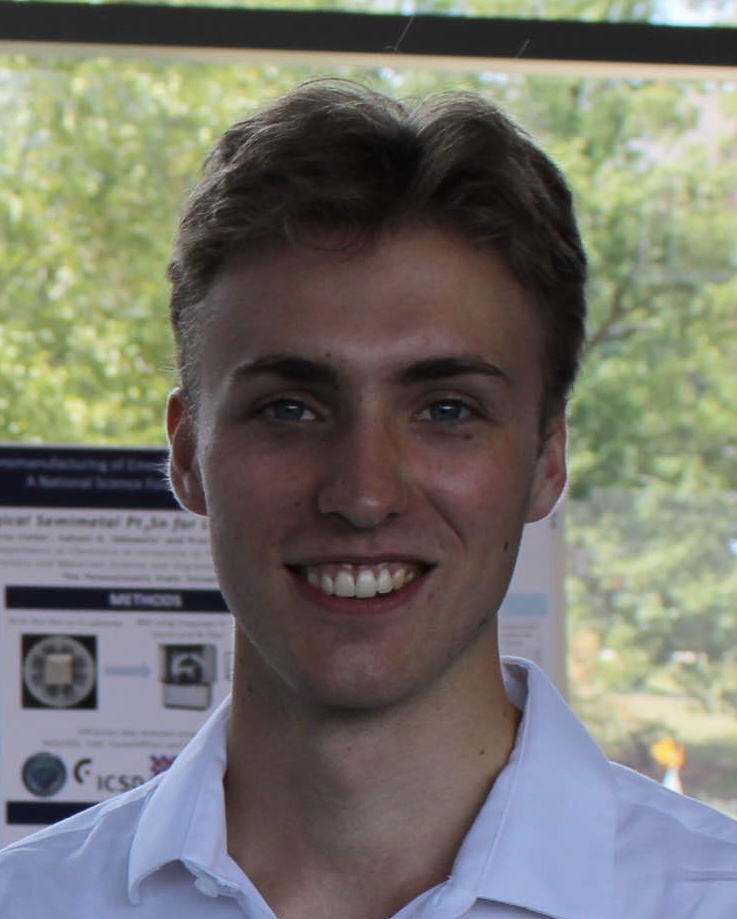Celebration of Scholars
P37 - Estimating the gravitational-wave energy, fractional mass loss, and luminosity distance of BBH merger events in the LIGO O3-O4 data catalogs
 Name:
Dawson Gaynor
Name:
Dawson Gaynor
Major: Physics
Hometown: Portage, Michigan
Faculty Sponsor: John Quashnock
Other Sponsors:
Type of research: Independent research
 Name:
Lucas Peterson
Name:
Lucas Peterson
Major: Physics and Math
Hometown: Franklin, Wisconsin
Faculty Sponsor: John Quashnock
Other Sponsors:
Type of research: Independent research

Department: Natural Science
Type of research: Independent research
 Name:
Andrew Valentini
Name:
Andrew Valentini
Major: Physics and Math
Hometown: Forest Lake, Minnesota
Faculty Sponsor: John Quashnock
Other Sponsors:
Type of research: Independent research
Abstract
In this work, we present a Bayesian analysis of binary black hole (BBH) merger events of the Laser Interferometer Gravitational-Wave Observatory’s (LIGO's) third observing run (O3) and the newer O4 catalogs, using computational tools both from the Gravitational Wave Open Science Center (GWOSC) and models developed by our group. We utilize open-source computational tools to simulate previously observed BBH events and pull the resulting data for our analysis. We first find a ~4% mass-energy loss to gravitational wave emission from several dozen of our simulated events, which is consistent with theoretical predictions. We then examine how an event's total mass, duration, peak frequency, and signal-to-noise ratio relate to each other and how they can be used to infer the event's luminosity distance and create an independent determination of the mass-energy loss. We compare these findings with an analysis carried out by our previous physics-inspired model for predicting luminosity distances (cf. Celebration of Scholars 2024). Finally, to improve the accuracy and physical understanding of our results, we apply Bayesian parameter estimation to construct confidence intervals around the mass-energy loss.Submit date: March 19, 2025, 7:46 p.m.
